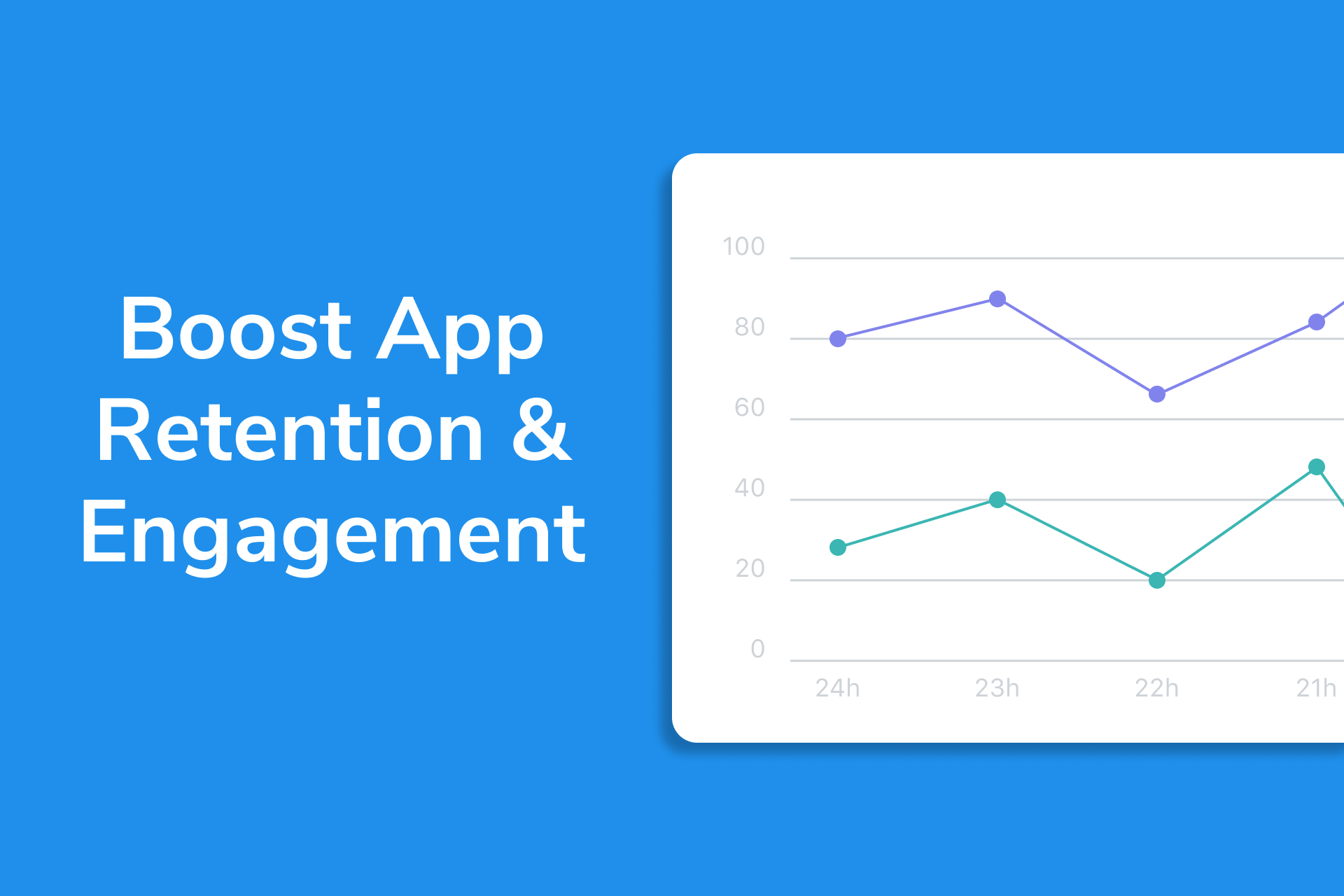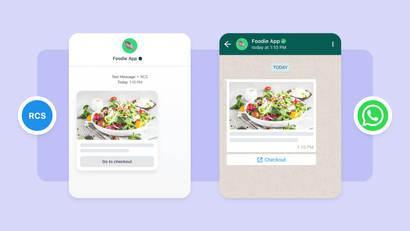User retention is one of the most important metrics app developers can use to evaluate their app’s success and long-term profit potential. Although high user acquisition rates are worthy of celebration, if you can’t keep users engaged long enough to recoup your acquisition costs, it will be difficult to grow your business. The average cost of acquiring a new user is up to five times more expensive than retaining an existing one — which is why a high retention rate is a valuable accolade. Below, we’ve outlined quick and reliable methods to sustain users' attention and boost your mobile app retention.
Make Sure Your Retention Algorithm Fits Your Product
It may feel like a step backward, but honing your apps user retention algorithm will actually make it easier to drive results with limited resources.
Retention refers to the percentage of users who have remained engaged with an app after a designated period of time. Although this definition is considered standard, the variables used to calculate retention can vary drastically between companies and teams. In fact, it’s possible to win and lose the exact same number of users as another company and derive very different retention metrics. Measuring retention the “right” way is less about updating a ledger of wins and losses and more about pinpointing how churn timing and engagement behaviors impact a user’s value. Customizing your formula to fit your business model will make it easier to identify where and when app users are disengaging and what solutions are likely to move the needle.
For apps that have annual contracts, looking at year-over-year retention and account growth may be more informative than focusing on app opens during the first week after download. For mobile game companies that tend to have a shorter customer lifecycle, short-term user retention may be a stronger indication of bottom-line performance. In a similar vein, remember that all apps have different standards of engagement. Whereas insurance apps may see high long-term user retention with low weekly app opens, lifestyle apps may require more consistent daily engagement to ensure long-term stickiness.
To see the bigger picture and locate points of friction, you may need to track multiple user retention periods (one day, one week, two weeks) and use different engagement metrics (app opens, app actions, specific user events, key feature usage). Defining what engagement looks like within the context of your app will help you determine what percentage of your current user base are active users. To get started, figure out what percentage of new app users you need to keep over a set time period in order to recoup the cost of acquisition. This will give you an idea of what retention benchmark you should be aiming to exceed and what timeline to use.
Troubleshoot Your Onboarding Experience
If you’re struggling with short-term mobile app retention, optimizing your app onboarding sequence is a worthwhile investment to boost mobile app engagement. An effective onboarding should set users up for a more positive app experience and reduce learning curve friction, thereby increasing retention. The most successful onboarding approaches typically fall into three categories: progressive, function-oriented, and benefits-oriented. Some onboarding sequences fit neatly into one category, others take a hybrid approach.
Progressive Onboarding
This approach serves up onboarding information as a user moves through your app, offering helpful hints and explanatory text as a user clicks through menus. Progressive onboardings have two key benefits: 1) they encourage immediate engagement and 2) they ensure that onboarding information is relevant to user behavior. Because progressive onboardings allow users to dictate their interests and learning pace, they’re well suited to mobile games and apps that have multi-step workflows, hidden features, or multiple use cases. In addition to inciting action, progressive onboardings leverage self-determination theory — a psychological concept that links human motivation to feelings of control and choice.
Function-Oriented Onboarding
This type of onboarding is meant to show users how to use the app. It typically involves a quick app “tour” of specific features and indicates what steps are required to perform popular actions. A function-oriented onboarding doesn’t need to explain every last detail in order to be effective — it should simply orient users to the app environment and give them the confidence to get started.
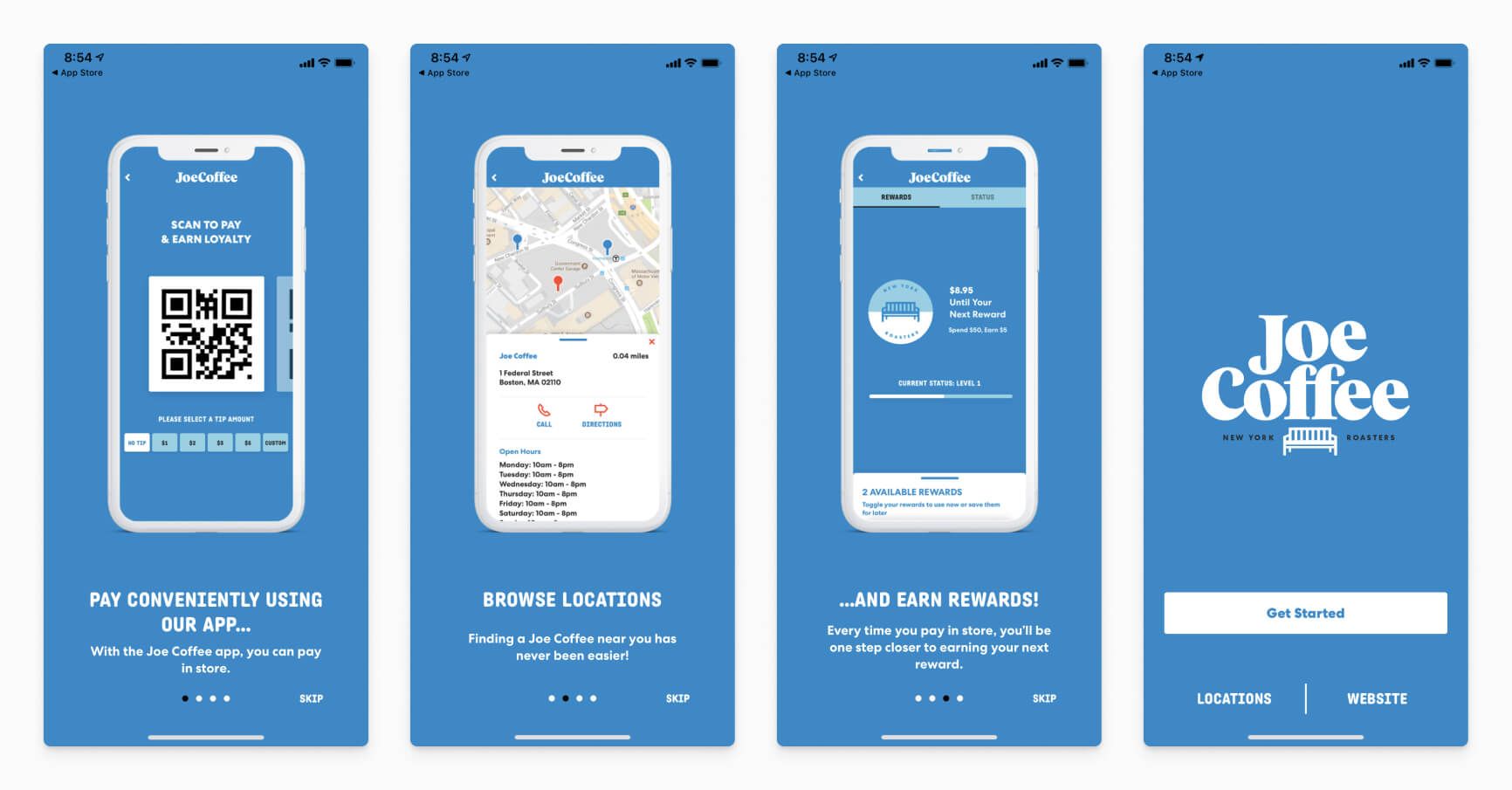
Benefits-Oriented Onboarding
Rather than focusing on how to use the app, a benefits-oriented onboarding tells the story of why someone should use it. In this approach, slide headlines, images, and text are used to communicate the value of different features. Although prioritizing perception over education may seem risky for an onboarding flow, a value-driven onboarding can motivate users to spend more time exploring the app and increase their likelihood of returning. That said, benefits-oriented approaches can backfire for more complicated mobile applications that have a steep learning curve. If you’re making promises about the value of your app, it’s exceptionally important that you understand user expectations for your product.
Reward Engagement
There’s no denying the power of positive reinforcement. Rewarding engagement is one of the most compelling ways to foster loyalty and incentivize users to return. If your business model includes purchases (in-app or online), offering timely discounts and building rewards programs is a good way to foster engagement and generate revenue. If offering monetary discounts isn’t an option, give engaged users the opportunity to unlock premium content — helpful videos, in-app avatar swag, new levels, custom app backgrounds, and more. In-app messages are a great way to deliver rewards while users are actively engaged and simultaneously promote customer retention alongside marketing campaigns.
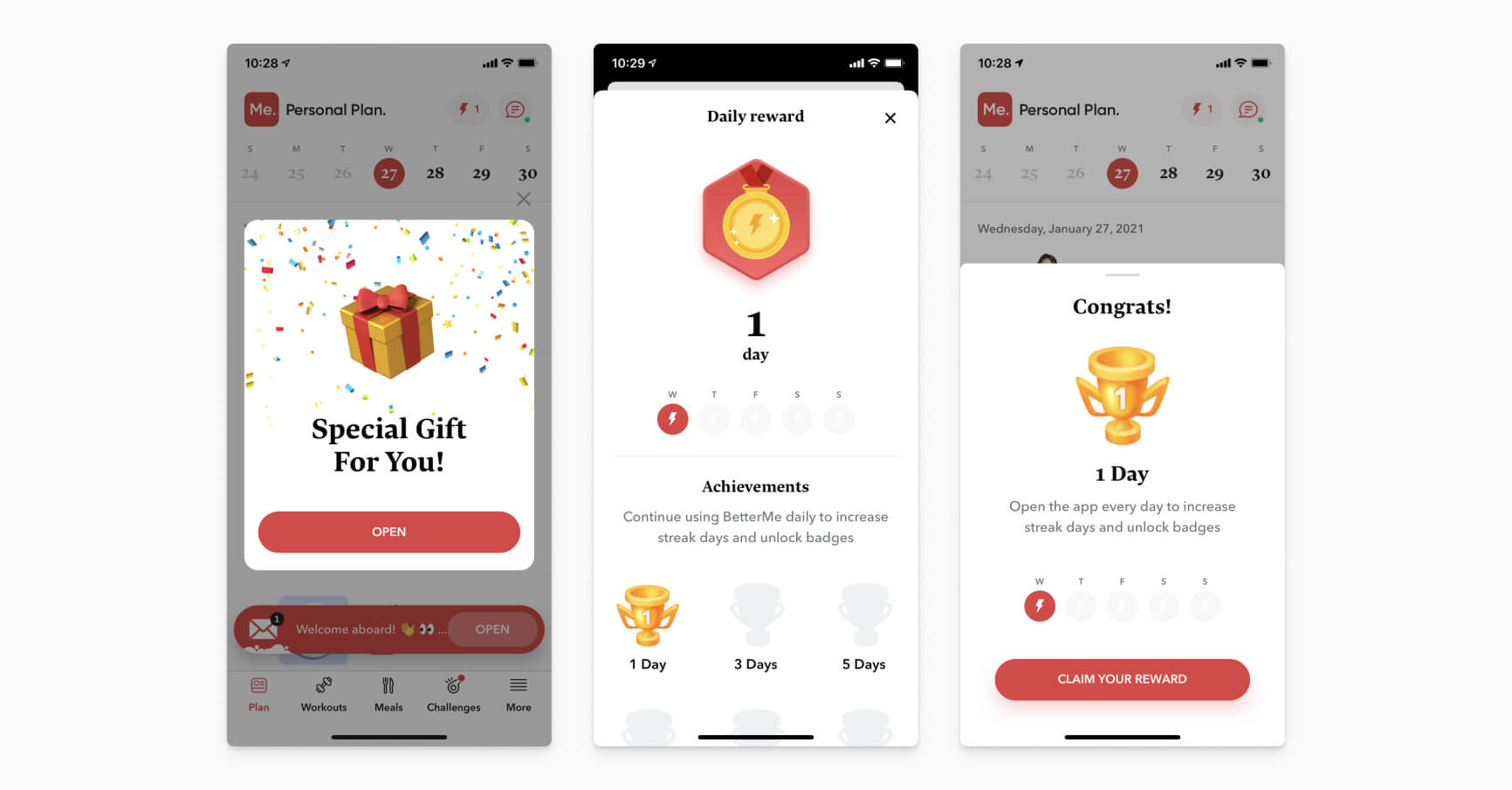
Rewards can be bestowed at fixed intervals, variable intervals, or triggered by specific user actions. Experiment with different types of reward structures to figure out what combination works best for your app.
Leverage Push Notifications
Mobile push notifications are a valuable communication tool and can be a versatile piece of your engagement strategy. They can be used to send transactional messages (think: delivery updates, abandoned cart notifications, shipping notifications, meeting reminders) that elevate the customer experience, or marketing messages (think: promotions, special offers, enticing content) that reward engagement and generate personal connections.
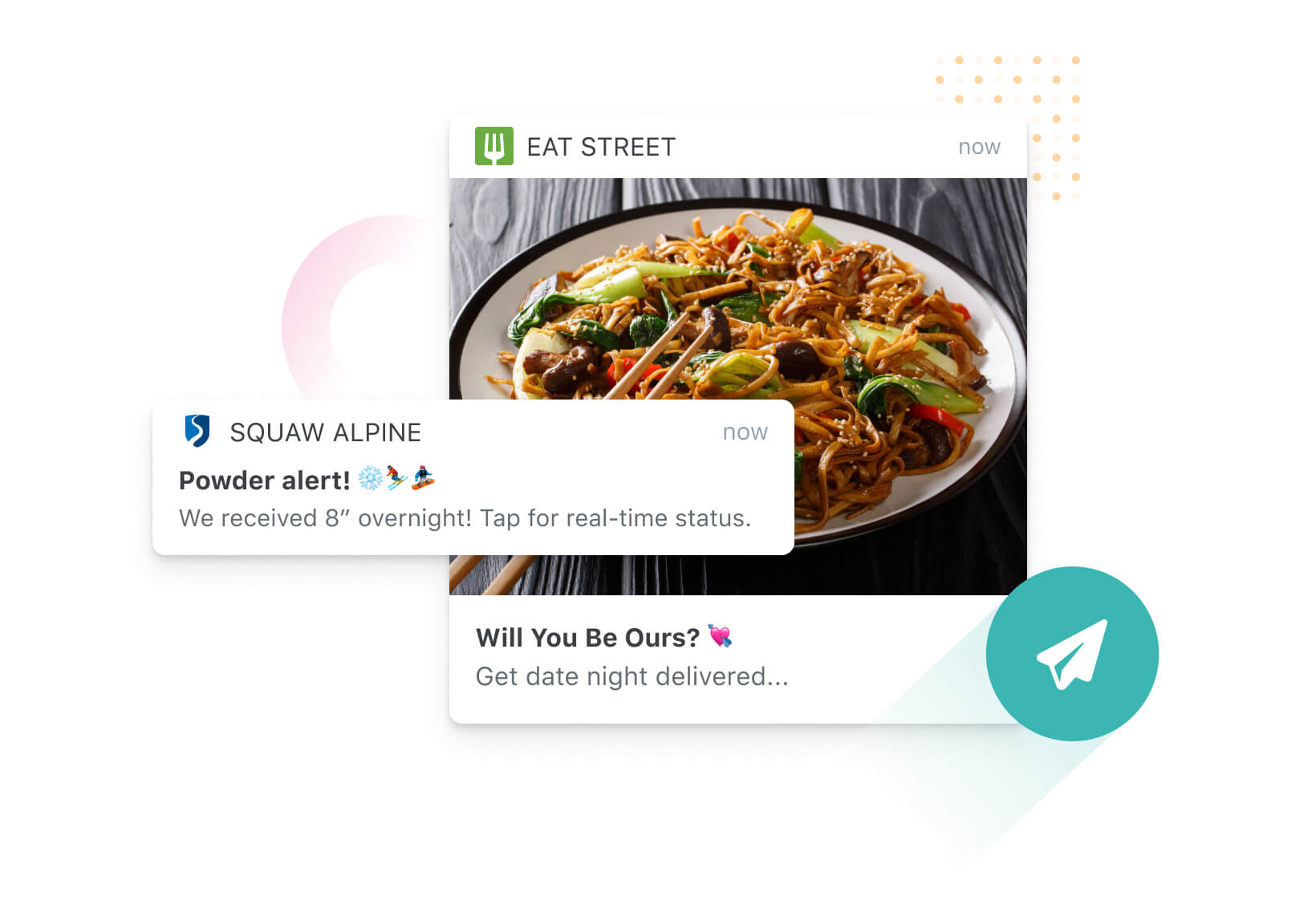
Whatever use cases you pursue, remember that the most effective push notifications have impeccable timing and personalization. The more relevant a message is to a specific user, the more likely that it will resonate and inspire action. In fact, 91 percent of users say they’re more likely to shop with brands that provide relevant offers and recommendations.
Learn More with OneSignal
Interested in trying these retention strategies and uncovering the secret sauce for your app? Start sending mobile push notifications, sharing in-app rewards, and testing out different onboarding flows with OneSignal's versatile messaging platform. Our tool is designed to help you send notifications and seamlessly manage your user communication across a variety of channels. Give your app the competitive edge it deserves by opening your free account yesterday.
Create a Free Account